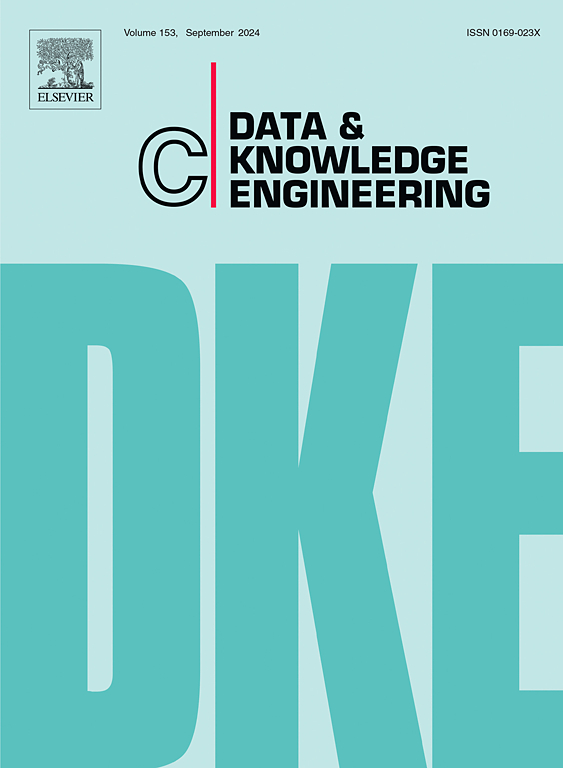Explainable artificial intelligence for natural language processing: A survey
IF 2.7
3区 计算机科学
Q3 COMPUTER SCIENCE, ARTIFICIAL INTELLIGENCE
引用次数: 0
Abstract
Recently, artificial intelligence has gained a lot of momentum and is predicted to surpass expectations across a range of industries. However, explainability is a major challenge due to sub-symbolic techniques like Deep Neural Networks and Ensembles, which were absent during the boom of AI. The practical application of AI in numerous application areas is greatly undermined by this lack of explainability. In order to counter the lack of perception of AI-based systems, Explainable AI (XAI) aims to increase transparency and human comprehension of black-box AI models. Explainable AI (XAI) also strives to promote transparency and human comprehension of black-box AI models. The explainability problem has been approached using a variety of XAI strategies; however, given the complexity of the search space, it may be tricky for ML developers and data scientists to construct XAI applications and choose the optimal XAI algorithms. This paper provides different frameworks, surveys, operations, and explainability methodologies that are currently available for producing reasoning for predictions from Natural Language Processing models in order to aid developers. Additionally, a thorough analysis of current work in explainable NLP and AI is undertaken, providing researchers worldwide with exploration, insight, and idea development opportunities. Finally, the authors highlight gaps in the literature and offer ideas for future research in this area.
用于自然语言处理的可解释人工智能:综述
最近,人工智能获得了很大的动力,预计将在一系列行业中超出预期。然而,由于深度神经网络和集成等子符号技术的存在,可解释性是一个主要挑战,而这些技术在人工智能的繁荣时期是不存在的。由于缺乏可解释性,人工智能在许多应用领域的实际应用受到了极大的破坏。为了解决基于人工智能的系统缺乏感知的问题,可解释的人工智能(XAI)旨在提高透明度和人类对黑盒人工智能模型的理解。可解释的人工智能(XAI)也致力于提高透明度和人类对黑箱人工智能模型的理解。可解释性问题已经使用各种XAI策略来解决;然而,考虑到搜索空间的复杂性,对于ML开发人员和数据科学家来说,构建XAI应用程序和选择最佳的XAI算法可能会很棘手。本文提供了不同的框架、调查、操作和可解释性方法,这些方法目前可用于从自然语言处理模型中产生预测推理,以帮助开发人员。此外,对可解释的NLP和AI的当前工作进行了彻底的分析,为全世界的研究人员提供了探索,见解和想法发展的机会。最后,作者强调了文献中的空白,并对该领域的未来研究提出了想法。
本文章由计算机程序翻译,如有差异,请以英文原文为准。
求助全文
约1分钟内获得全文
求助全文
来源期刊

Data & Knowledge Engineering
工程技术-计算机:人工智能
CiteScore
5.00
自引率
0.00%
发文量
66
审稿时长
6 months
期刊介绍:
Data & Knowledge Engineering (DKE) stimulates the exchange of ideas and interaction between these two related fields of interest. DKE reaches a world-wide audience of researchers, designers, managers and users. The major aim of the journal is to identify, investigate and analyze the underlying principles in the design and effective use of these systems.
 求助内容:
求助内容: 应助结果提醒方式:
应助结果提醒方式:


